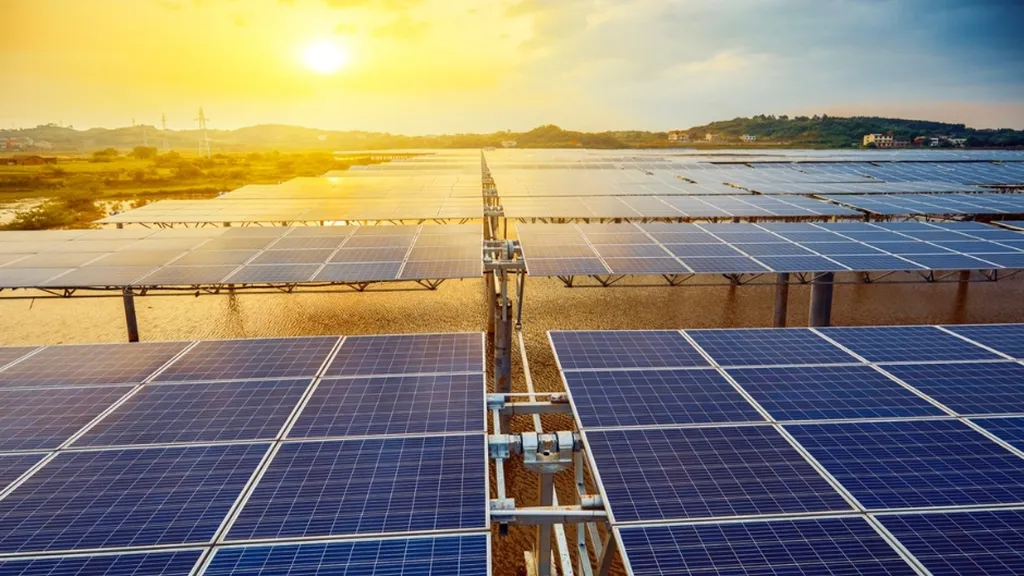In the quest to balance the intermittent nature of solar energy, researchers have made a significant stride in optimizing large-scale thermal energy storage systems. A recent study, led by Zhou Chaohui, presents a simplified numerical model that could revolutionize the way we approach seasonal thermal energy storage (STES), particularly in large-scale water pit systems.
The research, published in *Zhileng xuebao* (which translates to *Acta Energiae Solaris Sinica*), focuses on mitigating the supply-demand imbalance of solar energy between winter and summer. Large-scale water pit thermal storage systems are a promising solution, but they require efficient and accurate computational simulations to ensure investment viability. Zhou Chaohui’s study proposes a novel approach to this challenge.
The model establishes a one-dimensional heat transfer model for the water body and a two-dimensional heat transfer model for the soil, separately solving for the water and the soil temperature field. These models are connected through the temperature boundary at the pool wall to simulate the entire system. “This approach allows us to accurately predict the thermal behavior of the system under different operating conditions,” Zhou Chaohui explains.
The study validated the model under three different modes: standby, charging, and discharging. The results were impressive. Under standby mode, the temperature error of the five water layers in the sandbox test was less than 10%, with the highest accuracy in the middle and lower-middle water layers. During charging mode, the average relative error was 1.57%, with an average temperature error of 0.44 ℃. Under discharging mode, the average relative error was even lower, at 0.46%, with an average temperature error of 0.24 ℃.
The commercial implications of this research are substantial. Accurate numerical models can significantly reduce the risk of investment waste in large-scale STES projects. As the energy sector continues to shift towards renewable sources, the ability to efficiently store and manage solar energy will be crucial. This research could shape the future of STES systems, making them more reliable and cost-effective.
Moreover, the study’s findings could pave the way for further advancements in the field. As Zhou Chaohui notes, “Our model provides a solid foundation for future research and development in STES systems.” With continued innovation and investment, large-scale water pit thermal storage systems could play a pivotal role in the global transition to renewable energy.
In an industry where precision and efficiency are paramount, this research offers a promising step forward. As the energy sector grapples with the challenges of intermittency and storage, studies like this one provide valuable insights and tools for the future.

